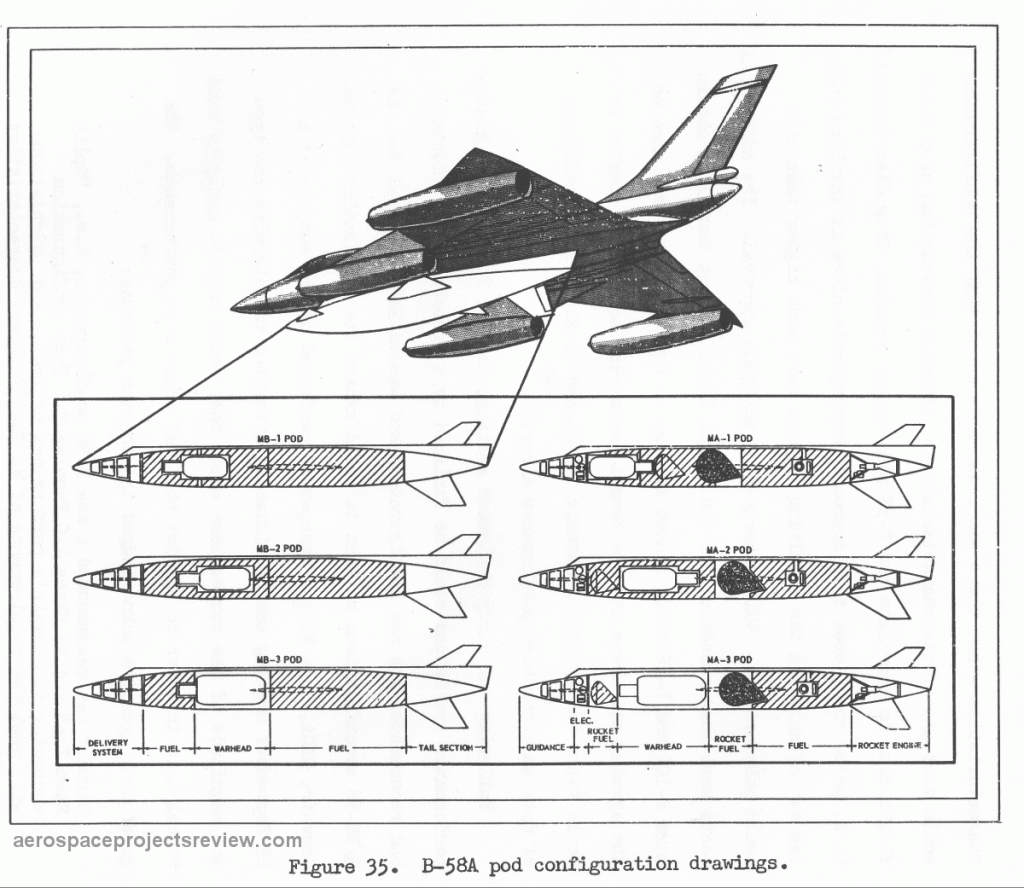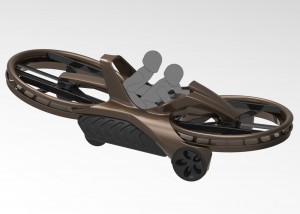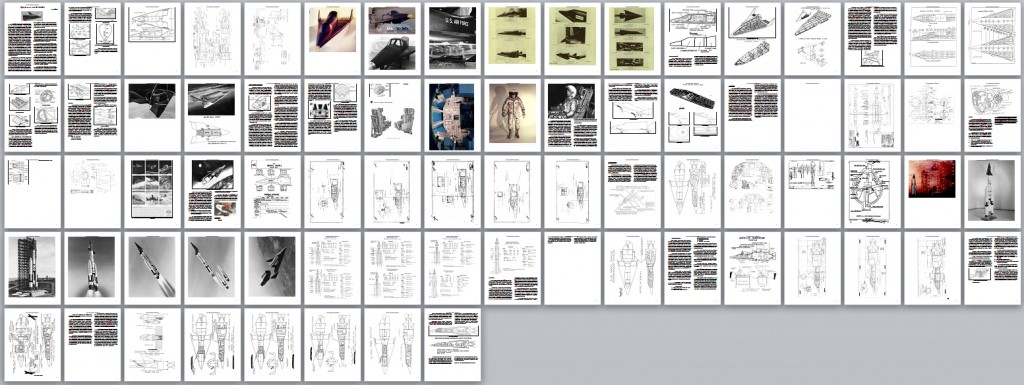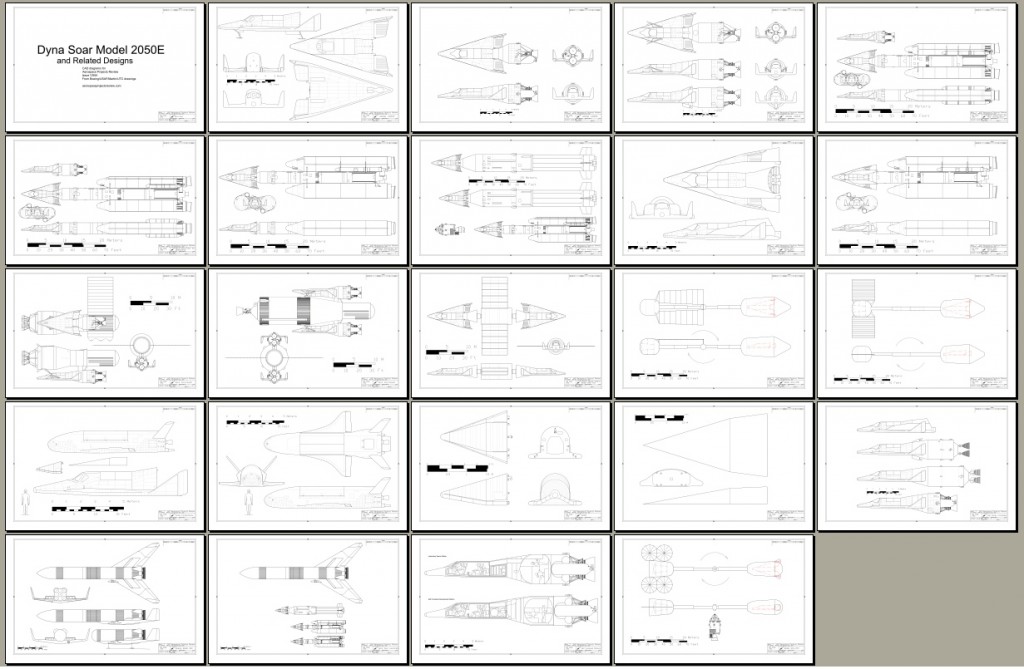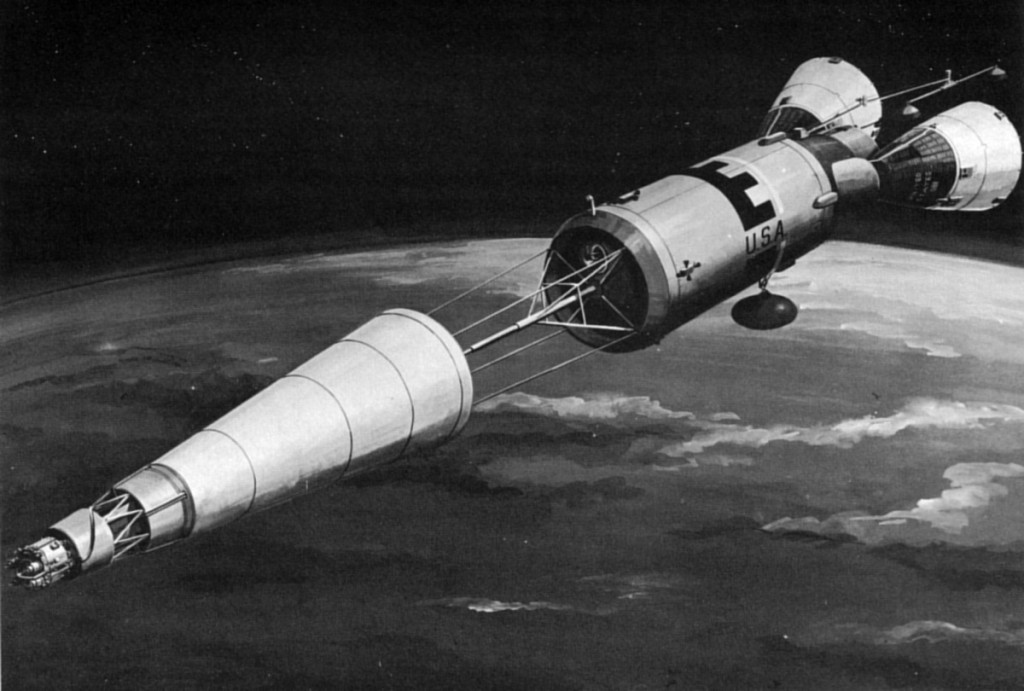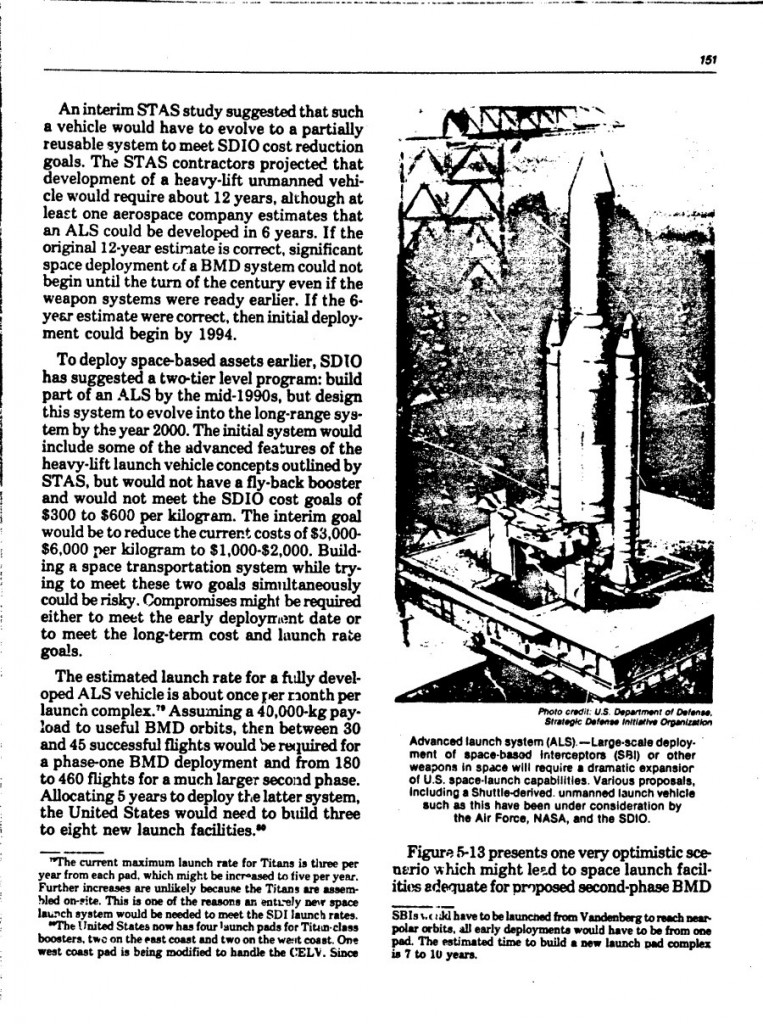As originally conceived, the B-58 Hustler would have a large centerline pod that would contain both fuel for the outbound portion of the mission and a single large nuclear warhead. Numerous variations on this pod were planned, including rocket-boosted versions to serve as standoff weapons. As it turned out, the pods kept leaking fuel into the weapons bay, so a two-component pod eventually replaced the unified pod.
I know nothing of this company apart from what’s on the website. They’ve built some sort of prototype that seems capable of hovering and forward motion while in ground effect; that’s a good start, but far from what’s really needed for a truly practical flying motorbike (though it appears that what they’re currently working on is essentially a ground-hugging hovercraft-like vehicle, not a free-flyer). Note that the videos on the website also have the sound shut off, possibly because the prototype is probably loud enough to give bystanders brain damage.
I admit to being somewhat stumped about the utility of the thing if it can’t fly freely. Seems an expensive way to build something that could be done better by a standard ATV. On the other hand, if a future version is powerful enough to fly freely – and almost certainly controlled almost entirely by computer – I can see a lot of interest in such a thing.
A 1976 film from Rockwell International describing the Space Shuttle concept, design and current construction status. A lot of art, and footage of the full-scale mockup. And a lot of claims about the Shuttle that just didn’t come to pass.
[youtube OpR23HHRlLI]
Slowing plugging away on the greatly revised X-20 Dyna Soar article. Shown below is what it currently looks like… something of a mess. There are still a great many more illustrations I want to add, including a bucket of my own CAD diagrams, but how many will end up here is uncertain. It’s already pushing 100 pages when you include the CAD diagrams; probably too big. Perhaps a later stand-alone version will have everything plus the kitchen sink…
And the CAD diagrams:
A mid-1960’s concept from General Electric showing a Manned orbital Laboratory-type space lab with two docked Gemini capsules and one nuclear reactor for power. Derived from the SNAP-10a system, this powerplant featured a small reactor at the apex of the cone; the cone itself is the radiator for the system. The SNAP-10a was not a spectacularly efficient system… it produced around 30 kilowatts of thermal energy, of which only 500 were converted to electricity. The system shown below would have been a larger, more powerful and hopefully more efficient system.
The small compact and busy-looking item on the far left of the image would have been the reactor itself. Between that and the structural truss work connected to the large radiator was a thick radiation shield, composed of something like tungsten. Even with this massive chunk in the way, the reactor was still segregated far away from the crew.
Silent footage of the XF-88 modified as a turboprop aircraft, rather than the standard put turbojet. The prop at the nose could be disengaged and feathered, as is shown clearly here. The idea was that at the time turboprop aircraft had substantially greater range than turbojets, which drank their fuel with abandon; the blades of this propeller were designs so that the tips would actually break the sound barrier. The hope was that a fighter could be designed to be both fuel efficient and break the sound barrier, but the sound produced by the supersonic propeller was so horrifically loud and screechy that it caused physical injury to ground crew. The idea obviously was not adopted.
[youtube l1rqlfhLdvc]
A NASA-Langley video of Joe Chambers giving a presentation on the history of the NASA emblem/insignia. It’s more interesting than you might think… especially as the speaker describes the “Brown Bomber,” the wind tunnel model of a theoretical supersonic bomber that I included in the “US bomber Projects” preview.
[youtube uLRMNNQiE0Q]
Much of the Strategic Defense Initiative, begun three decades ago, remains murky at best. One little-reported area of study was the launch infrastructure that would be needed to put the vast array of stuff into orbit. Apart from the Delta Clipper, you’d be forgiven for thinking that space launch was nearly forgotten.
However, some study was put into it, as the page below from a 1988 government report shows. Read through it: the SDI needs for space launch would have been *vast.* The total amount of payload delivered to orbit would have ranged from, at the low end, one million kilograms, up to 80 million for the long-range forecast systems.
